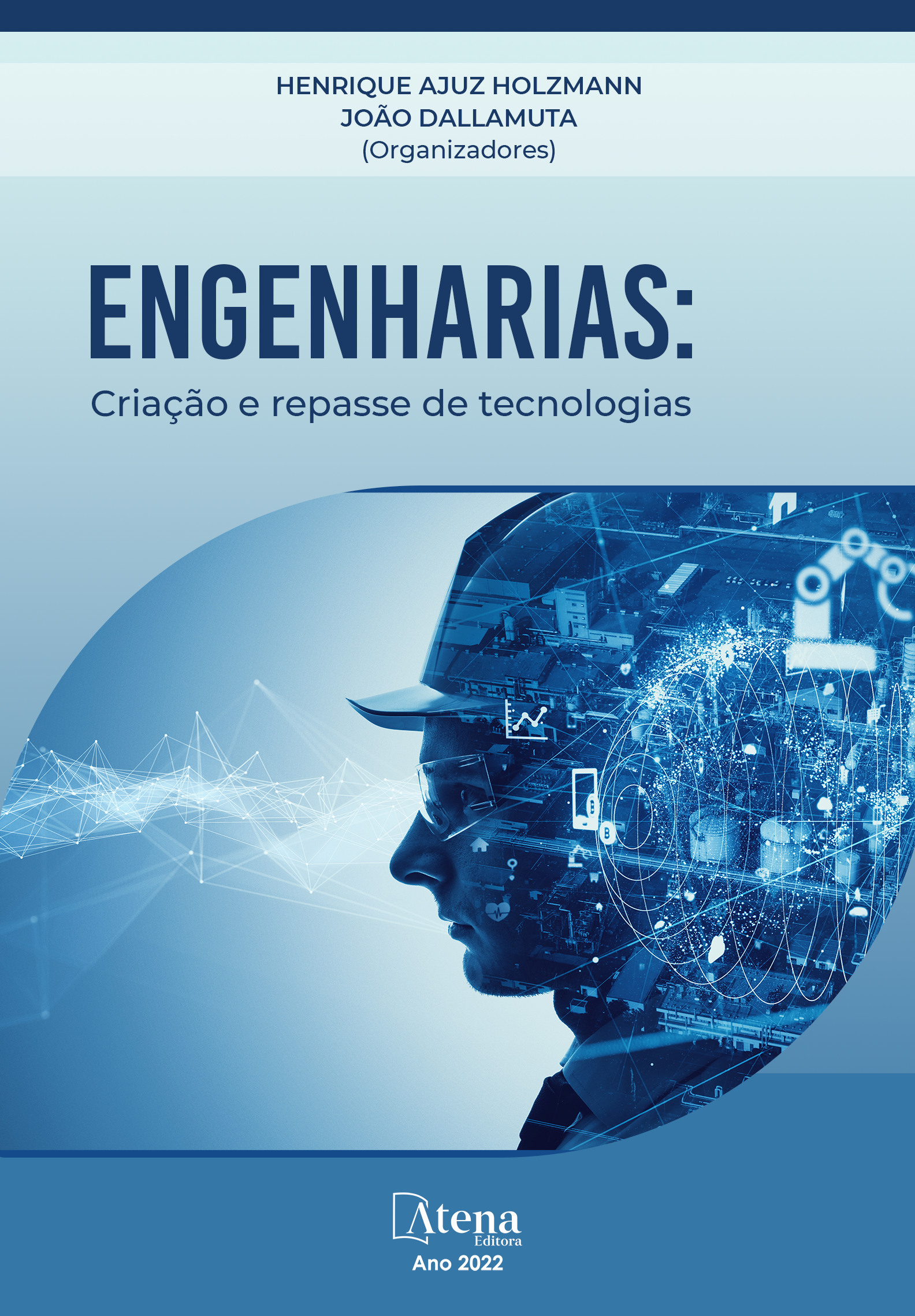
OBTENÇÃO DE VARIÁVEIS TÉRMICAS DE SOLIDIFICAÇÃO E ANÁLISE DE MICROESTRUTURA DA LIGA DE ALPACA 2 C/ Pb
O objetivo deste trabalho é determinar experimentalmente as variáveis térmicas de solidificação e analisar a microestrutura da liga Alpaca 2 c/ Pb, obtida após a solidificação unidirecional ascendente. A liga foi solidificada em uma lingoteira de aço inoxidável AISI 304 montada em um dispositivo de resfriamento unidirecional ascendente. O calor foi extraído direcionalmente através de refrigeração por água na chapa base fabricada em grafite.. As variáveis térmicas de solidificação velocidade de deslocamento da isoterma liquidus (VL), taxa de resfriamento (TR) e gradiente térmico (GL) foram avaliadas em função da distância da superfície de extração de calor. A microestrutura foi analisada por meio de microscopia óptica (MO). Como resultado, observou-se que maiores taxas de resfriamento e velocidades de deslocamento da isoterma liquidus são obtidas nas posições mais próximas da base de extração de calor, e a presença de chumbo disperso na microestrutura resultante.
OBTENÇÃO DE VARIÁVEIS TÉRMICAS DE SOLIDIFICAÇÃO E ANÁLISE DE MICROESTRUTURA DA LIGA DE ALPACA 2 C/ Pb
-
DOI: 10.22533/at.ed.39422280320
-
Palavras-chave: Alpaca 2 c/ Pb, Microestrutura, Variáveis térmicas de solidificação.
-
Keywords: Alpaca 2 w/ Pb, Microstructure, Solidification thermal variables.
-
Abstract:
The objective of this work is to experimentally determine the thermal variables of solidification and analyze the microstructure of the Alpaca 2 w/Pb alloy obtained after the upward unidirectional solidification. The alloy was solidified in an AISI 304 stainless steel ingot mold mounted on a unidirectional upward cooling device. The heat was extracted directionally through water cooling on the base plate made of graphite. The thermal variables of solidification tip growth rate (VL), cooling rate (TR) and thermal gradient (GL) were evaluated as a function of the distance from the heat extraction surface. The microstructure was analyzed using optical microscopy (OM). As a result, it was observed that higher cooling rates and displacement velocities of the liquidus isotherm are obtained in positions closer to the heat extraction base, and the presence of lead dispersed in the resulting microstructure.
-
Número de páginas: 15
- Rogério Teram
- Maurício Silva Nascimento
- Vinicius Torres dos Santos
- Marcio Rodrigues da Silva
- Antonio Augusto Couto
- Givanildo Alves dos Santos
- Márcio Valério Rodrigues de Mattos


